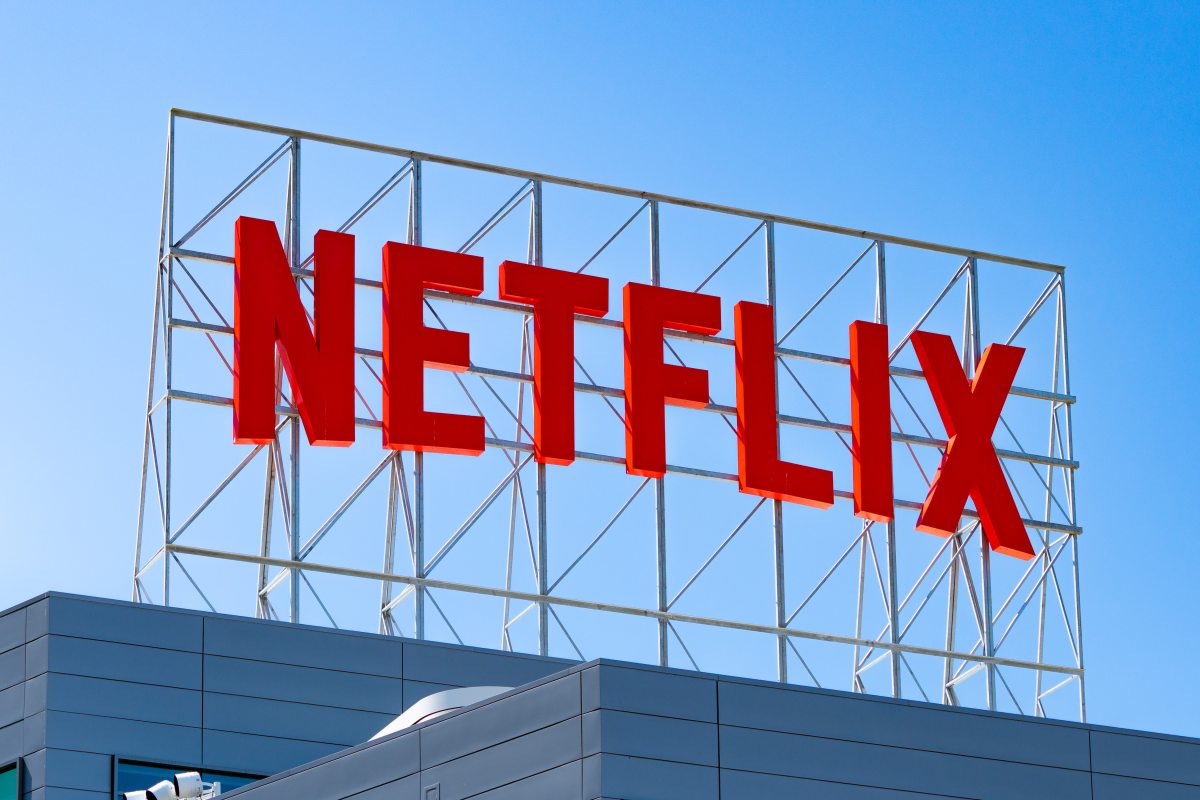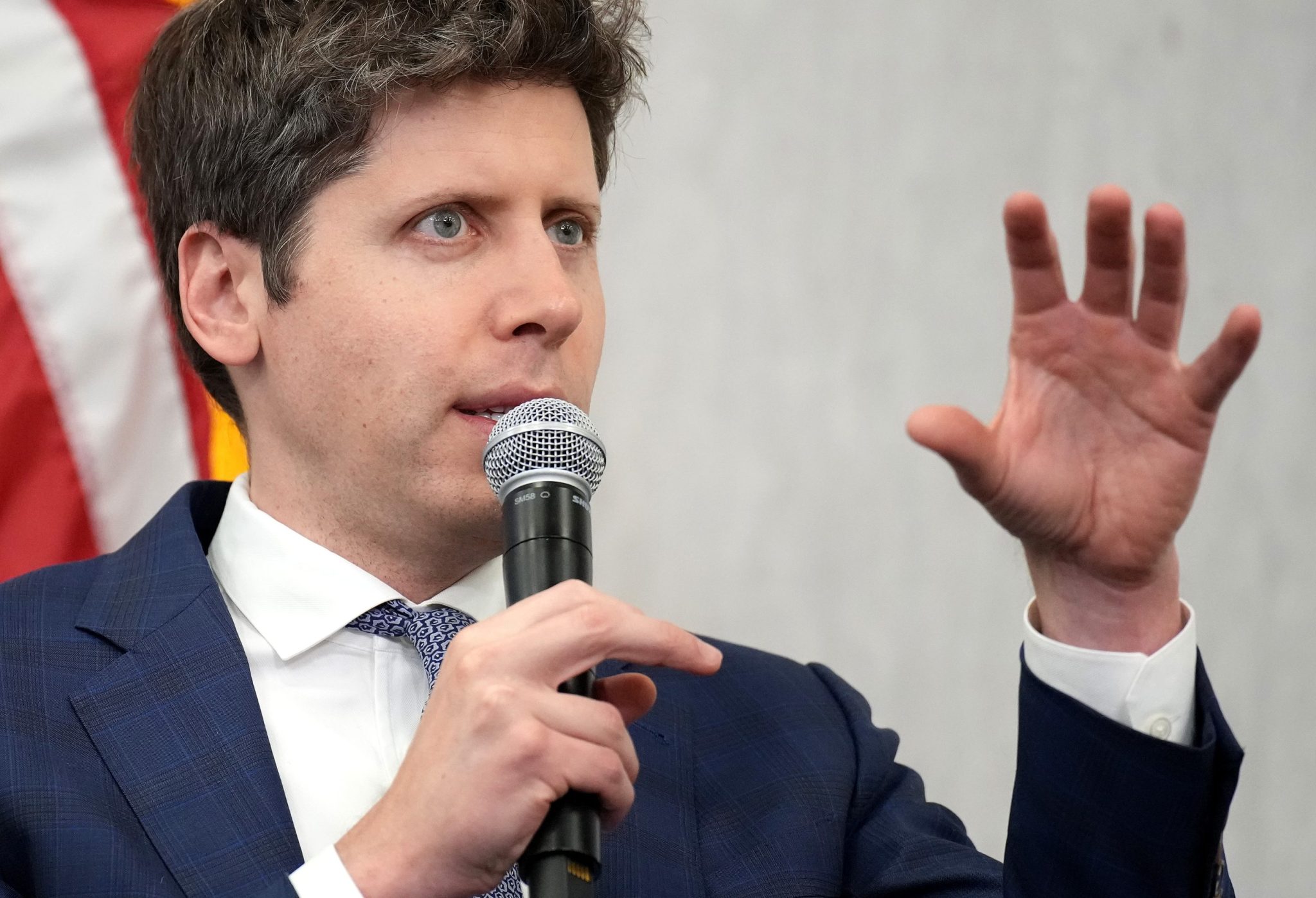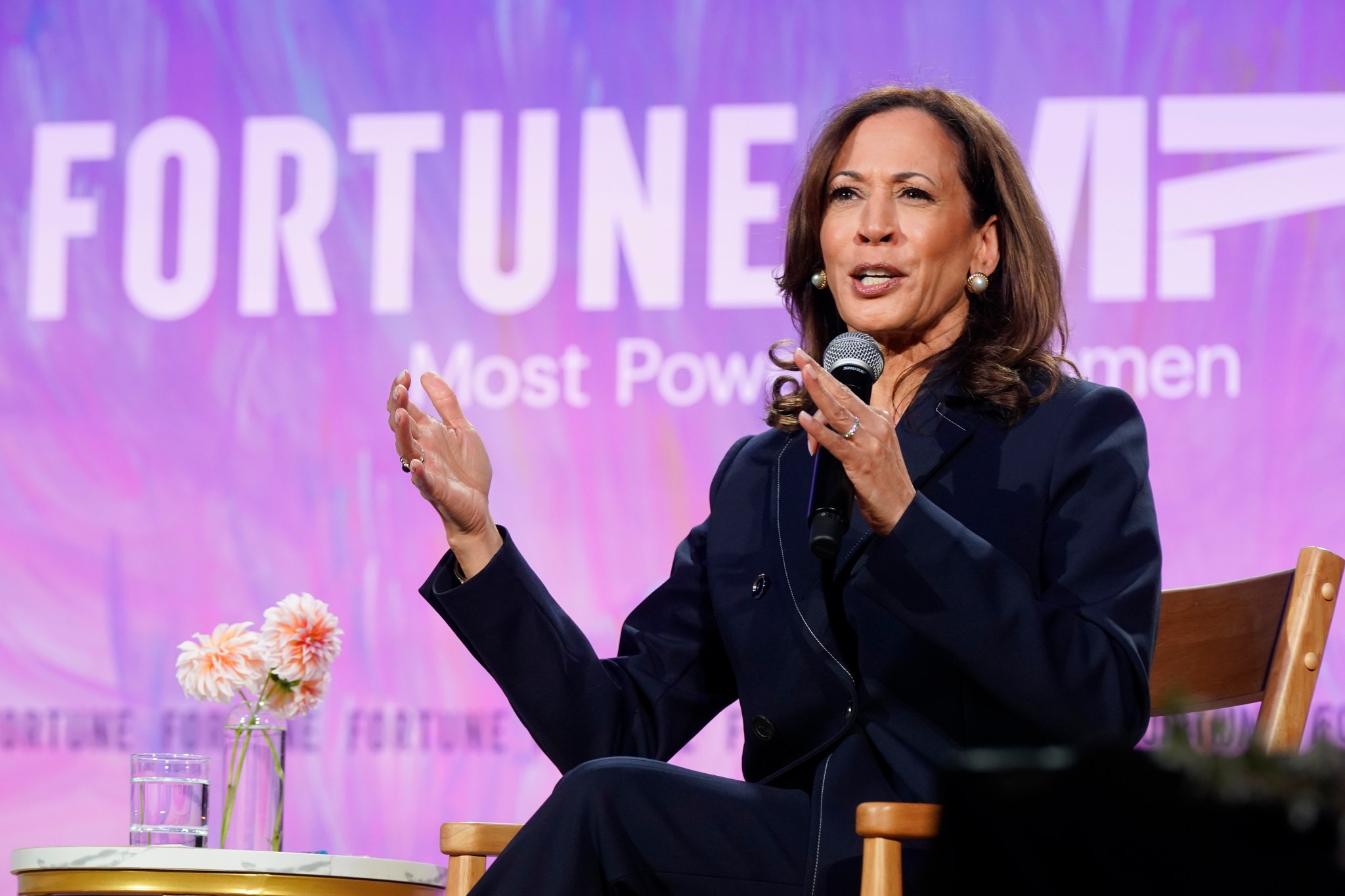Salesforce revamps Agentforce to try to pull customers across the gap between AI capabilities and AI adoption

Hello and welcome to Eye on AI. In this edition…A breakdown of the AI news from Salesforce’s Dreamforce…OpenAI debuts its browser…Google makes a cancer research breakthrough…and backlash against the data-center boom builds.
I spent last week on a reporting assignment in San Francisco. While there, I dropped by Salesforce’s huge Dreamforce conference. Salesforce founder and CEO Marc Benioff made lots of headlines—but probably not for the reason he wanted.
En route to the conference, Benioff had given an interview to the New York Times in which he’d been complimentary of President Trump and said he would welcome the National Guard being deployed to San Francisco. By the end of the week, Benioff had apologized for that stance—saying he had spoken out of an abundance of concern about the safety of those attending his conference—after being sharply criticized by famed Silicon Valley investor and advisor Ron Conway, who resigned from the board of Benioff’s charitable foundation in protest, as well as Lauren Powell Jobs, Steve Jobs’ widow and president of Emerson Collective, who lambasted Benioff’s position in an op-ed in the Wall Street Journal.
All of this was a distraction from what was actually taking place at Dreamforce, where Salesforce announced a slew of new tools to make it easier for its customers to build and deploy AI agents. Few tech company CEOs have staked as much on the promise of “agentic AI” as Benioff. How is that bet going? Well, to judge from Dreamforce, the answer is—like so much that is happening in AI right now—something of a mixed picture.
On the one hand, Salesforce says that its “Agentforce” features have seen the fastest adoption of any product the company has ever released. But, on the other hand, not counting agents in Slack—which I’ll cover further in a moment—the company has only about 12,500 customers (or just over 8% of its customer base) having adopted Agentforce in the past year, and only 6,000 of those are paid engagements. (Salesforce allows customers to experiment with Agentforce for free, up until a certain usage threshold.) Those relatively low numbers—which helped explain Salesforce’s rather tepid recent revenue growth—had been weighing on Salesforce’s stock.
But at the conference, Salesforce also issued improved guidance for its future revenues, saying that, thanks to Agentforce, organic sales growth would accelerate to above 10% year over year in 2026 and continue that way. The company now forecasts $60 billion in annual sales by 2030, ahead of analysts’ consensus view. That projection sent Salesforce’s stock up 5% on the day, and shares have continued to climb over the past week. So what’s really happening here?
Innovation out-stripping adoption
In his keynote at Dreamforce Benioff, acknowledged that there was currently a “bifurcation” between rapid consumer adoption of AI chatbots, such as OpenAI’s ChatGPT, and relatively slower enterprise adoption of AI. And during a press conference afterwards, he went further, saying, “This is the moment where this technology innovation [is] out-stripping customer adoption. Our job is to get those customers into adoption mode. The way to do it is by showing them customers who are front-runners in this, so when you look at these customers, they are making it happen.” Salesforce is also doing this by creating more “forward-deployed engineers” to work directly with its customers, helping them build AI agents. The company seems to have realized in the past year that enterprises will need Salesforce to hold their hand more than was true with its traditional SaaS products.
I toured a section of the convention hall branded “Agentforce City” to look at some of those early adopters and their AI agents. A few, like Williams & Sonoma’s AI agent that offers customers recipe advice—and by the way, also suggests cookware they might need to make that roast or pie—seemed a bit gimmicky. That recipe agent might give the company more touchpoints with a customer, but it wasn’t clear it would directly translate into higher sales. More interesting was PepsiCo’s AI agent that allows it to provide better customer service to the many small Mom-and-Pop shopkeepers and bodega owners who stock Pepsi products but who don’t necessarily get a lot of attention and advice from Pepsi’s sales reps. More promising still is Dell’s use of Salesforce’s AI agents to automate parts of its supply chain, including onboarding new suppliers, which has cut its average onboarding time from months to days.
But Salesforce executives universally acknowledged that it would take time for more companies to follow the lead of Dell or PepsiCo. Adam Evans, Salesforce’s executive vice president and general manager of Salesforce AI, told me that he has spent most of the past year trying to show customers how to move beyond experimentation with AI agents. “What’s hard is to create agents that scale, that do things consistently, that you can work into an enterprise process to create value,” he said.
Slack as the interface to all of Salesforce’s software
To help customers with that, Salesforce unveiled several new Agentforce features at Dreamforce. There’s an Agent Builder that allows a user to simply describe what it wants an agent to do; the system then automatically sets it up, with much less manual tinkering that was needed previously. There’s a new voice interface for AI agents, powered in part through OpenAI’s voice models, that improves interaction with agents. There’s an Agent Script tool that lets businesses establish rule-based processes for part of a given process and use the less predictable, but potentially powerful, reasoning of a large language model (LLM) for other parts of the process. It also introduced a new vibe-coding tool called Agentforce Vibes, which is aimed at developers already skilled at building Salesforce applications, but allows them to create these apps, including more sophisticated agentic workflows, using natural language.
Perhaps the biggest news is that Salesforce is hoping to position Slack—which Salesforce bought in 2020 for $27.7 billion—as the main “conversational gateway” to all of Salesforce’s software, including its Agentforce offerings. Denise Dresser, Slack’s CEO, told me that the idea is that instead of having to learn to configure and run processes in Salesforce’s Marketing Cloud or its Service Cloud, a Slack user could simply message an AI agent within Slack that will run these processes for them using Salesforce’s software in the background.
Slack has also created “knowledge agents” that can surface information from a particular Slack channel and perform certain actions—helping them onboard a new hire for, instance, or install software on a new laptop, directly from Slack. Dresser also told me that she thinks Slack is the ideal interface because it can incorporate both person-to-person and team interactions on the same channel in which you can have individuals and teams interacting with AI agents, whereas some AI companies are only optimizing their products for human-to-AI collaboration.
Dresser certainly may have a point about chat as the new interface to software. It’s a vision that AI companies like OpenAI and Anthropic are also pursuing. And some of these AI companies are projecting the idea even further, envisioning a future where AI agents use their coding abilities spin up bespoke software on the fly to handle many of the tasks that now require enterprise software, like, um, Salesforce. But whether that vision will come to fruition or whether traditional SaaS products will continue to exist, just with AI front-ends, remains to be seen. One thing that is clear from Salesforce’s experience in the past year since it started rolling out AI agents is that enterprise adoption will probably run behind over-hyped market expectations.
With that, here’s more AI news.
Jeremy Kahn
jeremy.kahn@fortune.com
@jeremyakahn
If you want to learn more about how AI can help your company to succeed and hear from industry leaders on where this technology is heading, I hope you’ll consider joining me at Fortune Brainstorm AI San Francisco on Dec. 8–9. Among those confirmed to appear so far include Google Cloud chief Thomas Kurian, Intuit CEO Sasan Goodarzi, Databricks CEO Ali Ghodsi, Glean CEO Arvind Jain, Amazon’s Panos Panay, and many more. Register now.
This story was originally featured on Fortune.com




















:quality(85):upscale()/2025/10/09/670/n/1922283/00b944c868e7cf4f7b79b3.95741067_.jpg)
:quality(85):upscale()/2025/09/09/891/n/1922283/7222624268c08ccba1c9a3.01436482_.png)
:quality(85):upscale()/2023/10/03/668/n/1922283/1f15c8a9651c2d209e5eb5.32783075_.jpg)
:quality(85):upscale()/2025/02/03/788/n/1922283/010b439467a1031f886f32.95387981_.jpg)
:quality(85):upscale()/2025/08/13/775/n/1922283/3c0cbead689ccd0c422644.10221678_.png)


































